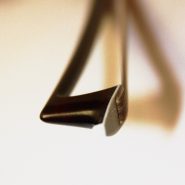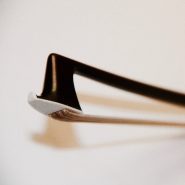Tag: variables
By Brant Taylor December 4, 2012
Subjects Practicing, Technique
Tags Bach, bow, bow strokes, Brant, Brant Taylor, cellists, cello, cellobello, Chicago Symphony Orchestra, Concerto, contact point, CSO, frog, Pinchas, Shostakovich, success, Taylor, Technique, variables, weight, Zukerman
By Brant Taylor November 28, 2012
Subjects Practicing, Technique
Tags bow speed, bow technique, Brant, bridge, cello, cellobello, contact point, control, pressure, relaxation, struggle, Taylor, tone, variables, variation, Vibrations, weight


